On Sunday evening I met the group for the pre-departure meeting for my 83-day Dragoman loop tour around India. I've calculated that when I completed my South America trip in Santiago in September that I have spent a little over one full year on Dragoman trucks around the world. I’ll be adding almost four more months by June 2014.
A pre-departure meeting for a trip always seems like a slightly awkward affair as everyone is sizing up just how he or she will fit into the group, sort of like a family for a time, in this case about five weeks since most people in the group are only continuing to Mumbai in early/mid-January
. Group travel is often easier than independent travel in many parts of the world, especially when independent travel means traveling alone. However, that experience is very much affected by one’s fellow passengers. Good personality fits can develop into lasting friendships for many years after the trip. Inconsiderate people can detract from one’s experience, though, and I’ve found that an occasional jerk or two can make a trip very unpleasant. In this case I picked a date to do the India trip partly because my friend Tim, the driver on my South America trip, was scheduled to be the tour leader, so I knew I’d be starting off with a competent leader and driver and good buddy on the trip. I spent most evenings in Kathmandu in the week before the tour began with Tim and Robert (Bertie), the other driver on the trip, for dinner and drinks, including some kickass good Korean Bulgogi.
Monday morning saw a 5:00 A.M. departure from Kathmandu to try to beat the worst of the hellish traffic for the drive to Chitwan National Park
. It looks so close on the map, only 175 km on the road and less as the crow flies; how can it possibly take seven hours to get there? We left in pre-dawn chaos on the city’s ring road and then rose to a low pass at 5,400 feet (according to my new altimeter watch), only about 1,000 feet above Kathmandu before the fun began. The road officially called the "Prithvi Highway" toward western Nepal dropped several thousand feet in switchbacks barely wide enough for larger vehicles to pass each other, the pavement frequently disintegrating into rocks and dirt for significant stretches, and thoroughly clogged in both directions with trucks and buses. The sharp drop-offs down the mountainside on one side of the road and deep storm drains on the other made for a real death trap. Who needs Bolivia’s infamous “Death Road” when you can drive on Nepal’s main highway? Nepal must seriously have some of the worst physical infrastructure I’ve seen in any country. Mongolia at least doesn’t pretend to have highways or paved roads
. I can now see why many tourists take expensive internal flights to their trek start points instead of long-distance buses.
Lo and behold, the trip to Chitwan actually took eight hours! Chitwan National Park is located southwest of Kathmandu and is one of Nepal’s leading destinations and a UNESCO World Heritage site. The park includes a large area of the Terai lowland region near the Indian border and is home two one of the world’s two largest populations of Indian one-horned rhinos as well as many other species of wildlife that make it one of the Indian subcontinent’s top safari spots. Despite the late arrival we were able to fit in a couple of somewhat touristy afternoon and evening activities related to the regions inhabitants – an oxcart ride to a small Tharu village and a Tharu cultural show and dance performance. The Tharu are a Hindu ethnic group originally from Rajasthan in western India who settled in an uninhabited malarial region of southern Nepal several centuries ago after suffering persecution my Muslims in their home region. They are now one of the poorest and most traditional ethnic groups in Nepal.
Tuesday focused on animal adventures in the park. First was a dugout canoe ride through the morning mist for a few miles down the Rapti River that forms the park’s northern boundary. The ride was actually a little scary since the tops of the dugout canoes were barely an inch or two above water and felt as though they’d take little more than a wobble to capsize
. This was followed by a guided walking safari for several miles back through the jungle. Walking safaris are nice in theory, but m previous experience in Africa has been that you see very little wildlife on them compared to more traditional Jeep safaris. In this case we did see one rhino plus some fresh tiger poo, sloth bear poo, rhino poo, a tree that had male tiger pee on it, and the legs of a deer scampering off rapidly through the bush. At one point the local guide stopped suddenly, “That sound is wild elephants breaking trees. We have to get out of here fast”. We walked very quickly down the path for about a half mile until there was a safe distance. So what’s the point of a trying to view wildlife on foot if you have to run away from it when you actually encounter some?
On our return the domesticated elephants were being washed in the river, an activity tourists can participate in for a fee. Put your swimsuit on, jump on an elephant’s back with a couple of your friends, and get a jungle shower as it squirts water on you through its trunk
. It looks like fun, but my tour company considers it too dangerous an activity and doesn’t allow participation.
For our afternoon safari we had a choice between going aboard an elephant or going in a jeep. The elephant’s scent supposedly masks that of the humans riding it, allowing the elephant to get closer to rhinos and other wildlife than would normally be possible in a jeep. On the other hand, though, jeeps can move rapidly to wildlife when one spots something and alerts the others. I have not been on an elephant since I was a little kid, so I chose the elephant ride to the jungle.
After climbing aboard onto a very uncomfortable basket on the elephant’s back that held three of us, we crossed a few streams and passed through some forested country into the tall grass where rhinos allegedly lurk….and we saw….one Sambar Deer. Those who went in the jeep saw three rhinos and a leopard. So the lesson is ride the elephant if you really want to go for an elephant ride; take the jeep if you want to see and photograph wildlife.
Our last morning in Nepal we had a five hour ride westward on somewhat better roads to the border crossing with India at Bhairawa/Sonali.
Chitwan National Park - Land of the Indian Rhino
Tuesday, December 10, 2013
 Sauraha, Chitwan District, Nepal
Sauraha, Chitwan District, Nepal
Other Entries
-
1On the Road Again in Asia 2013-14
Dec 019 days prior Kathmandu, Nepalphoto_camera1videocam 0comment 2
Kathmandu, Nepalphoto_camera1videocam 0comment 2 -
2Kathmandu - Capital of Nepal
Dec 028 days prior Kathmandu, Nepalphoto_camera90videocam 0comment 1
Kathmandu, Nepalphoto_camera90videocam 0comment 1 -
3Patan - Capital of an Old Newari Kingdom
Dec 037 days prior Patan (Lalitpur), Nepalphoto_camera63videocam 0comment 0
Patan (Lalitpur), Nepalphoto_camera63videocam 0comment 0 -
4Bhaktapur - Nepal's Medieval Hill City
Dec 046 days prior Bhaktapur, Nepalphoto_camera65videocam 0comment 0
Bhaktapur, Nepalphoto_camera65videocam 0comment 0 -
5Pashupatinath - Nepal's Holiest Hindu Site
Dec 055 days prior Kathmandu, Nepalphoto_camera51videocam 0comment 0
Kathmandu, Nepalphoto_camera51videocam 0comment 0 -
6Bodhnath - Biggest Buddhist Stupa in Asia
Dec 064 days prior Kathmandu, Nepalphoto_camera57videocam 0comment 0
Kathmandu, Nepalphoto_camera57videocam 0comment 0 -
7Swayambunath - The Mountaintop Monkey Temple
Dec 073 days prior Kathmandu, Nepalphoto_camera47videocam 0comment 2
Kathmandu, Nepalphoto_camera47videocam 0comment 2 -
8Chitwan National Park - Land of the Indian Rhino
Dec 10 Sauraha, Nepalphoto_camera53videocam 0comment 0
Sauraha, Nepalphoto_camera53videocam 0comment 0 -
9Uttar Pradesh - Intro to India
Dec 122 days later Gorakhpur, Indiaphoto_camera18videocam 0comment 0
Gorakhpur, Indiaphoto_camera18videocam 0comment 0 -
10Varanasi - Hinduism's Holiest City
Dec 133 days later Varanasi, Indiaphoto_camera99videocam 0comment 0
Varanasi, Indiaphoto_camera99videocam 0comment 0 -
11Bandhavgarh National Park - The Search for Tigers
Dec 155 days later Tala, Indiaphoto_camera31videocam 0comment 0
Tala, Indiaphoto_camera31videocam 0comment 0 -
12Khajuraho - Thousand Year Old Temple Erotica
Dec 177 days later Khajuraho, Indiaphoto_camera99videocam 0comment 0
Khajuraho, Indiaphoto_camera99videocam 0comment 0 -
13Agra - Capital of the Mughal Empire
Dec 199 days later Agra, Indiaphoto_camera134videocam 0comment 2
Agra, Indiaphoto_camera134videocam 0comment 2 -
14Fathepur Sikri - Akbar The Great's New City
Dec 2010 days later Fatehpur Sikri, Indiaphoto_camera55videocam 0comment 0
Fatehpur Sikri, Indiaphoto_camera55videocam 0comment 0 -
15Jaipur - The Pink City of Rajasthan
Dec 2111 days later Jaipur, Indiaphoto_camera97videocam 0comment 0
Jaipur, Indiaphoto_camera97videocam 0comment 0 -
16Delhi - World Capital of Chaos
Dec 2313 days later Delhi, Indiaphoto_camera66videocam 0comment 0
Delhi, Indiaphoto_camera66videocam 0comment 0 -
17Bikaner - Holy Rats of Rajasthan
Dec 2515 days later Bikaner, Indiaphoto_camera62videocam 0comment 0
Bikaner, Indiaphoto_camera62videocam 0comment 0 -
18Jaisalmer - Dreamy Desert Fortress City
Dec 2616 days later Jaisalmer, Indiaphoto_camera88videocam 0comment 0
Jaisalmer, Indiaphoto_camera88videocam 0comment 0 -
19Thar Desert Camel Trek
Dec 2717 days later Muhār, Indiaphoto_camera28videocam 0comment 0
Muhār, Indiaphoto_camera28videocam 0comment 0 -
20Jodhpur - Mountaintop Merangarh Fortress
Dec 2919 days later Jodhpur, Indiaphoto_camera73videocam 0comment 0
Jodhpur, Indiaphoto_camera73videocam 0comment 0 -
21Pushkar - Holy City of God Brahma
Dec 3020 days later Pushkar, Indiaphoto_camera35videocam 0comment 0
Pushkar, Indiaphoto_camera35videocam 0comment 0 -
22Udaipur - Romantic Lakeside Palaces
Jan 0122 days later Udaipur, Indiaphoto_camera68videocam 0comment 0
Udaipur, Indiaphoto_camera68videocam 0comment 0 -
23Mandu - Afghan Hilltop Ruins
Jan 0324 days later Mandu, Indiaphoto_camera59videocam 0comment 0
Mandu, Indiaphoto_camera59videocam 0comment 0 -
24Ajanta Caves - Incredible Buddhist Rock Temples
Jan 0425 days later Ajanta, Indiaphoto_camera37videocam 0comment 0
Ajanta, Indiaphoto_camera37videocam 0comment 0 -
25Ellora Caves - Specatacular Temples Carved of Rock
Jan 0526 days later Ellora, Indiaphoto_camera36videocam 0comment 0
Ellora, Indiaphoto_camera36videocam 0comment 0 -
26Mumbai - India's Biggest Most Cosmopolitan City
Jan 0728 days later Mumbai (Bombay), Indiaphoto_camera69videocam 0comment 0
Mumbai (Bombay), Indiaphoto_camera69videocam 0comment 0

 Sauraha, Chitwan District, Nepal
Sauraha, Chitwan District, Nepal
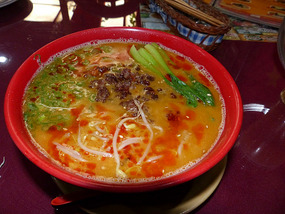
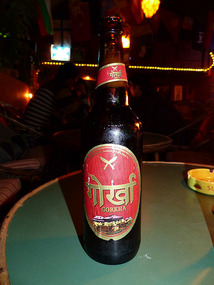
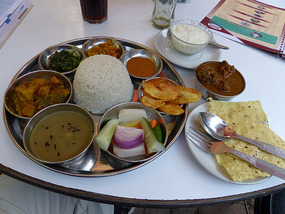




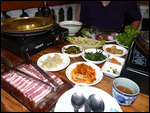
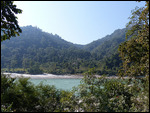
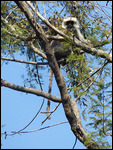
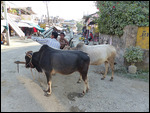
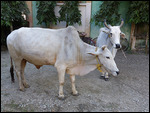
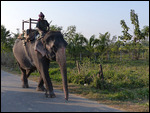
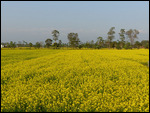
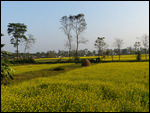
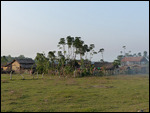
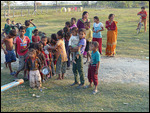
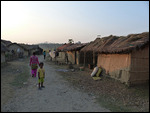
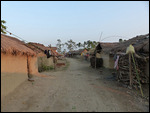
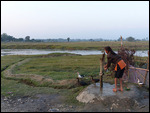

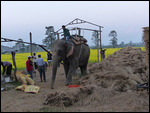
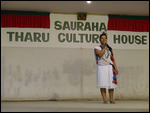
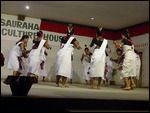
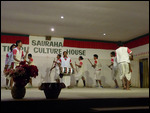
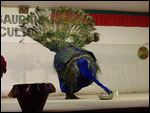
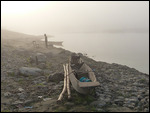
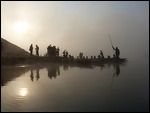
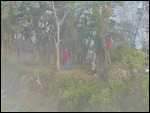
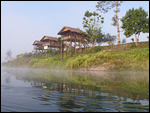
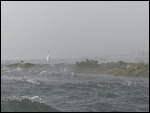

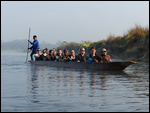
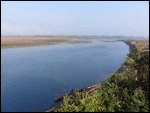
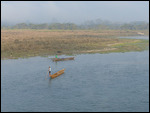
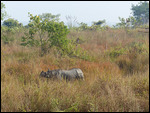

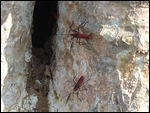

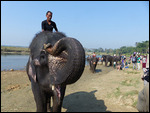

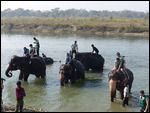
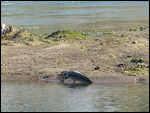
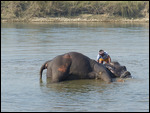

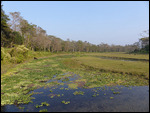
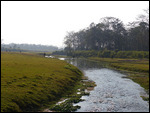
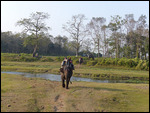
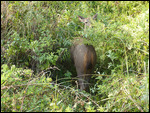
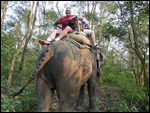
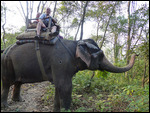
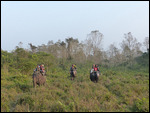
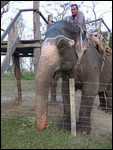
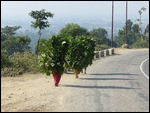
2025-05-23